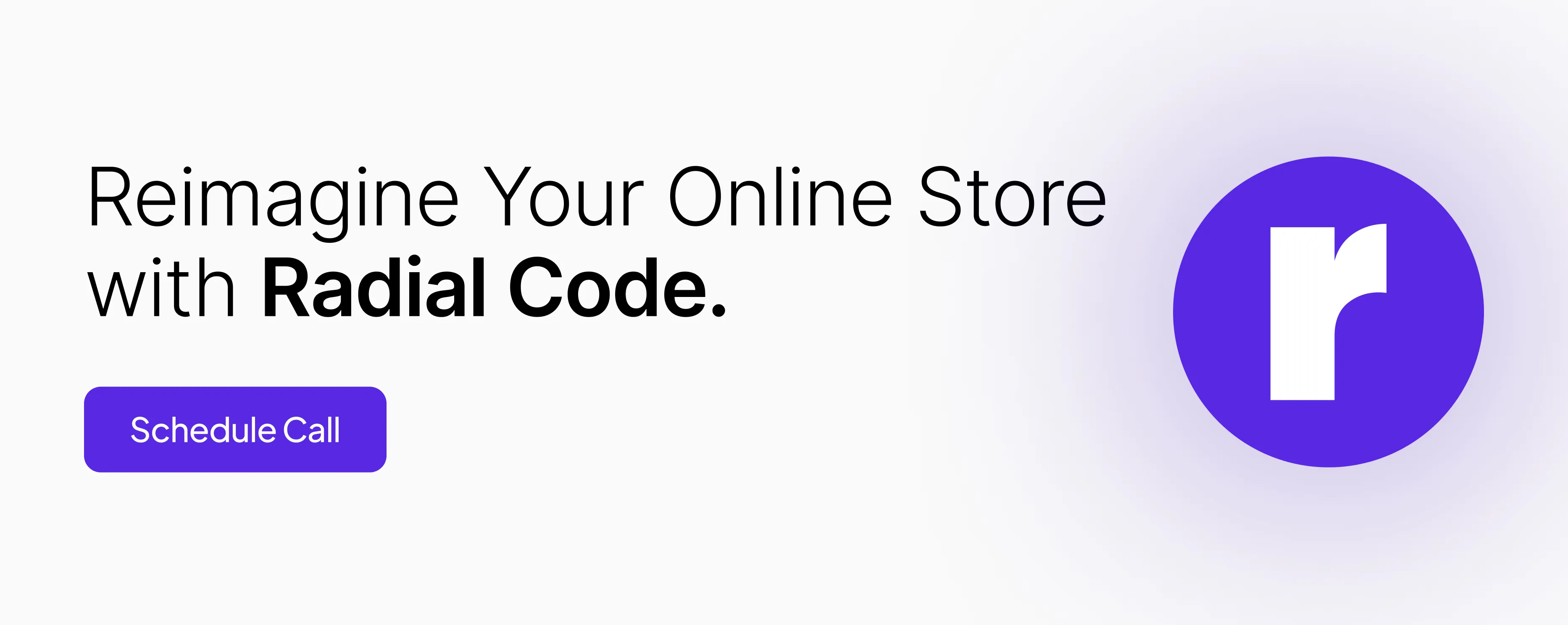Top 5 UI/UX Features Every E-Commerce Site Needs

Written by
Vishal Baloda
UI/UX Designer
Sumit Verma
UI/UX Designer
Table of contents
Build with Radial Code
Shopping online has become second nature to us—whether it’s ordering groceries, hunting for the latest fashion, or grabbing a last-minute gadget. But what makes us return to one online store and abandon another? It’s not just the products—it’s the experience. In fact, 88% of online shoppers say they wouldn’t return to a website after a bad user experience, and studies show that a well-designed UI can increase conversion rates by up to 200%. In today’s competitive e-commerce world, where customer attention spans are short and options are endless, having the right design features isn’t optional—it’s essential.
Design is really an act of communication, which means having a deep understanding of the person with whom the designer is communicating.
- Don Norman
Simple Site Navigation
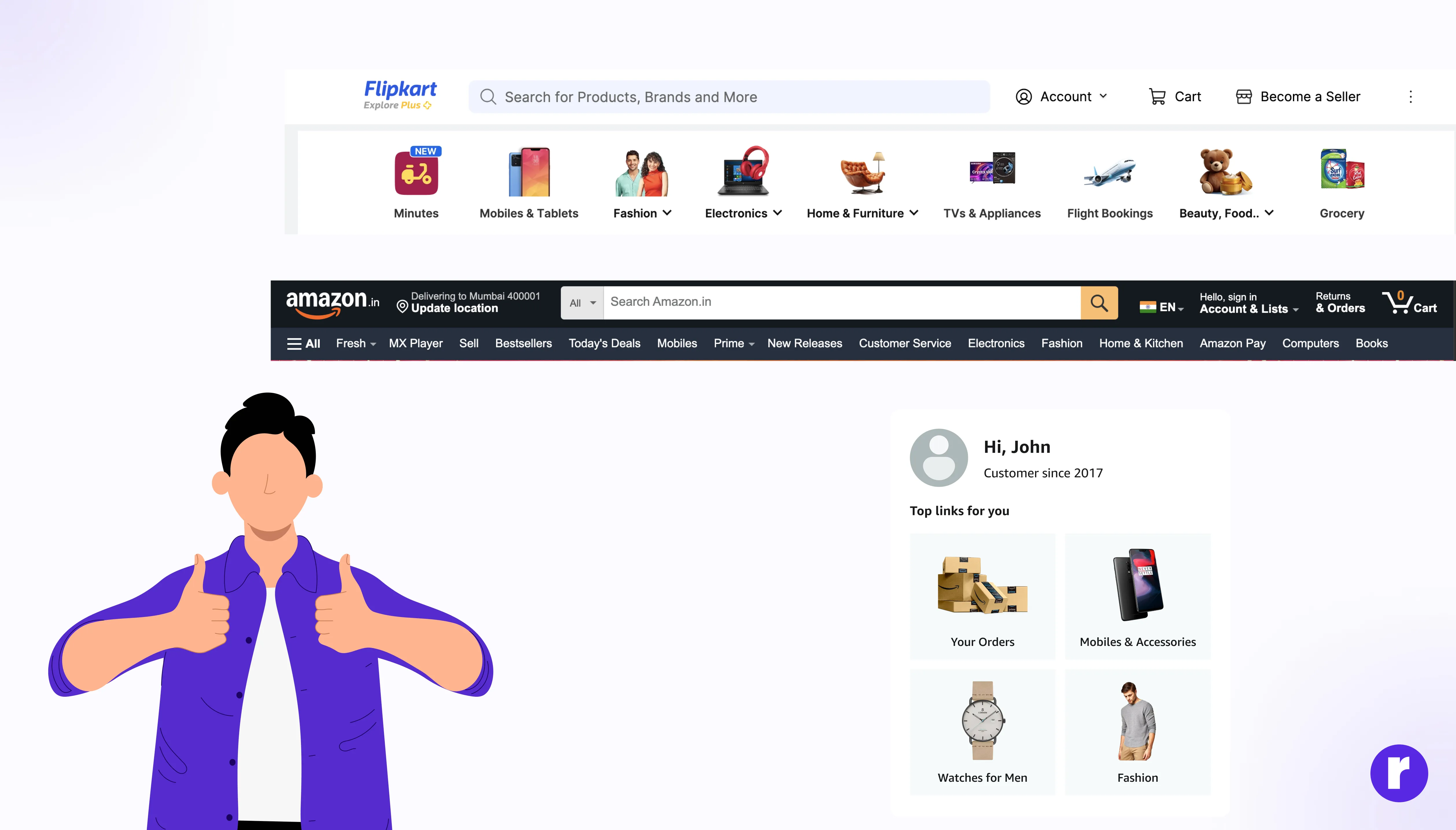
A confused visitor is a lost sale. Your site’s navigation should be simple, logical, and easy to scan. Clear categories, search functionality, and breadcrumb trails help users find what they’re looking for quickly without frustration.
Tips:
- Use a sticky menu that remains visible as users scroll.
- Include a search bar with auto-suggestions.
- Organize products into clear, consistent categories.
Example: Flipkart’s navigation bar with category dropdowns and a prominent search box makes finding products effortless.
Fast Loading Speed
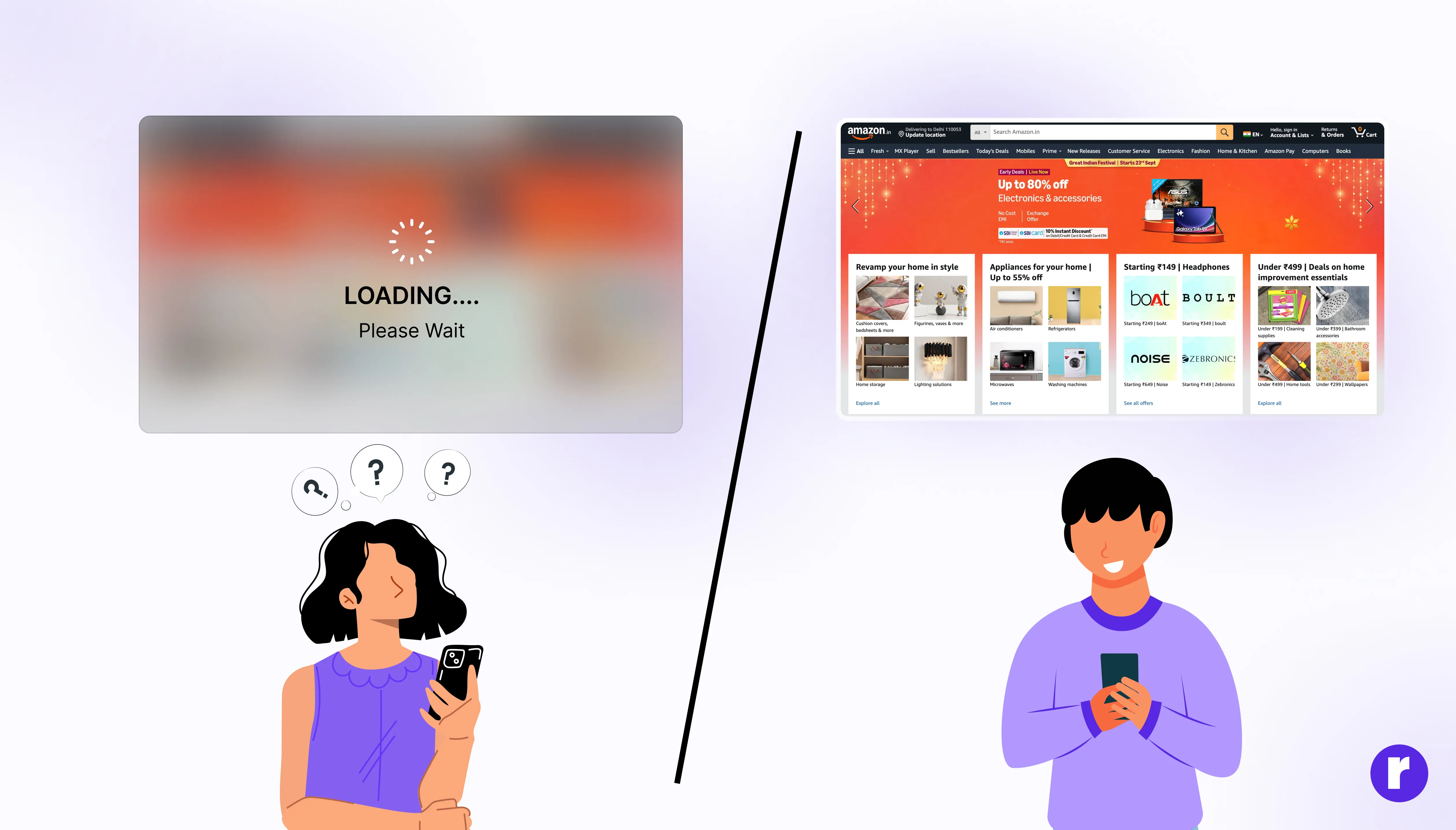
Patience is short online. In fact, 53% of mobile users abandon a site if it takes longer than 3 seconds to load. A beautifully designed website means nothing if it’s slow to respond. Speed directly impacts customer satisfaction, conversion rates, and even your SEO ranking.
How to achieve it:
- Optimize images and use modern formats like WebP.
- Implement caching and use a Content Delivery Network (CDN).
- Minimize scripts and reduce unnecessary plugins.
Proven benefit: Studies show that a 1-second delay in page response can reduce conversions by 7%. That’s the difference between a sale and an abandoned cart.
Streamlined Checkout Process
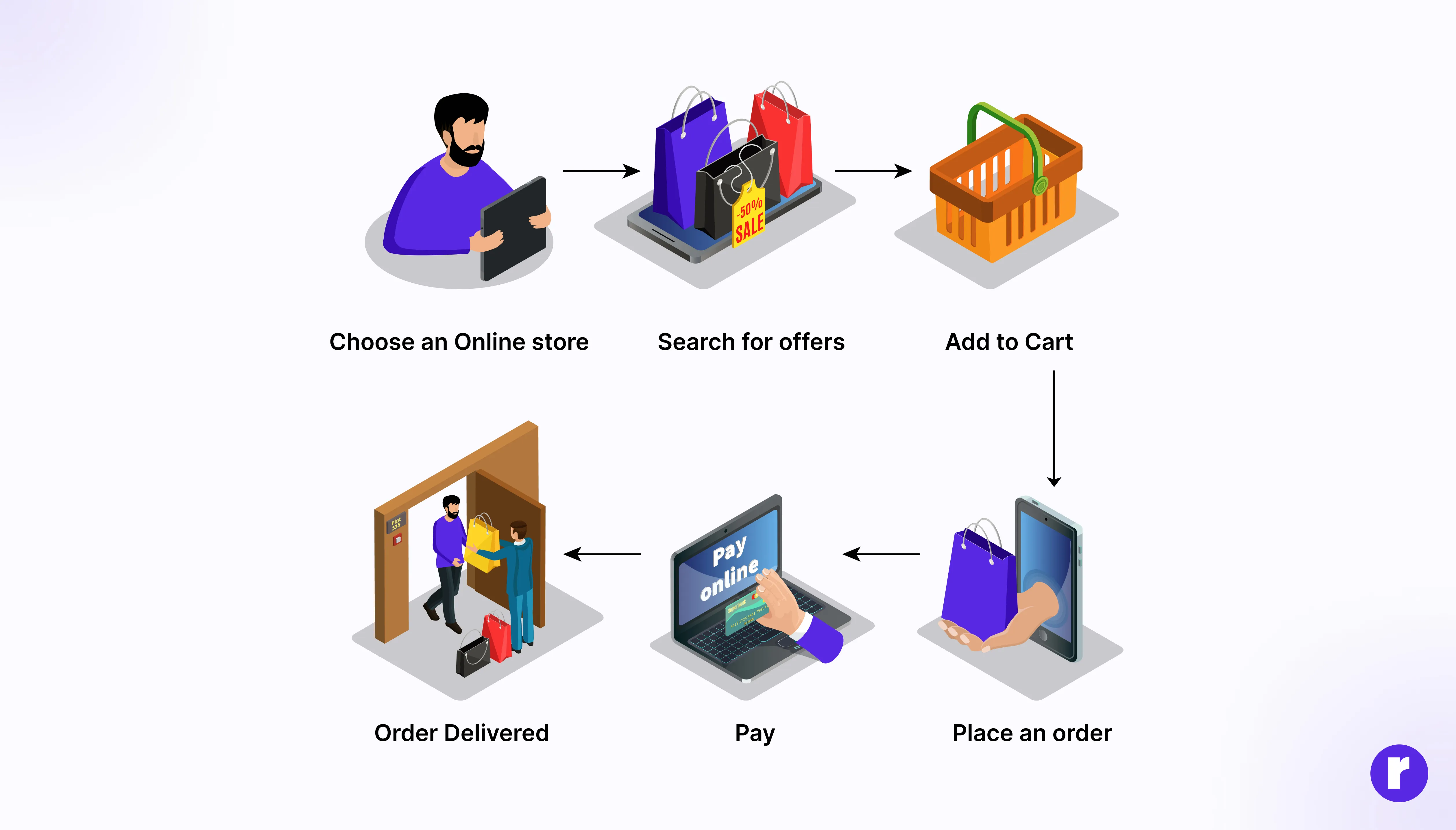
Cart abandonment is one of the biggest challenges for e-commerce sites. Checkout is the “make or break” moment. Customers are ready to buy—don’t make them regret it.
Here’s how to simplify it:
- Skip forced sign-ups: allow guest checkout.
- Cut down steps: less typing = more purchases.
- Skip forced sign-ups: let users know how close they are to finishing.
Do this, and your abandoned carts will shrink.
Head over to learn.radialcode.com and unlock our full library of tutorials and insights.
Personalized Experience
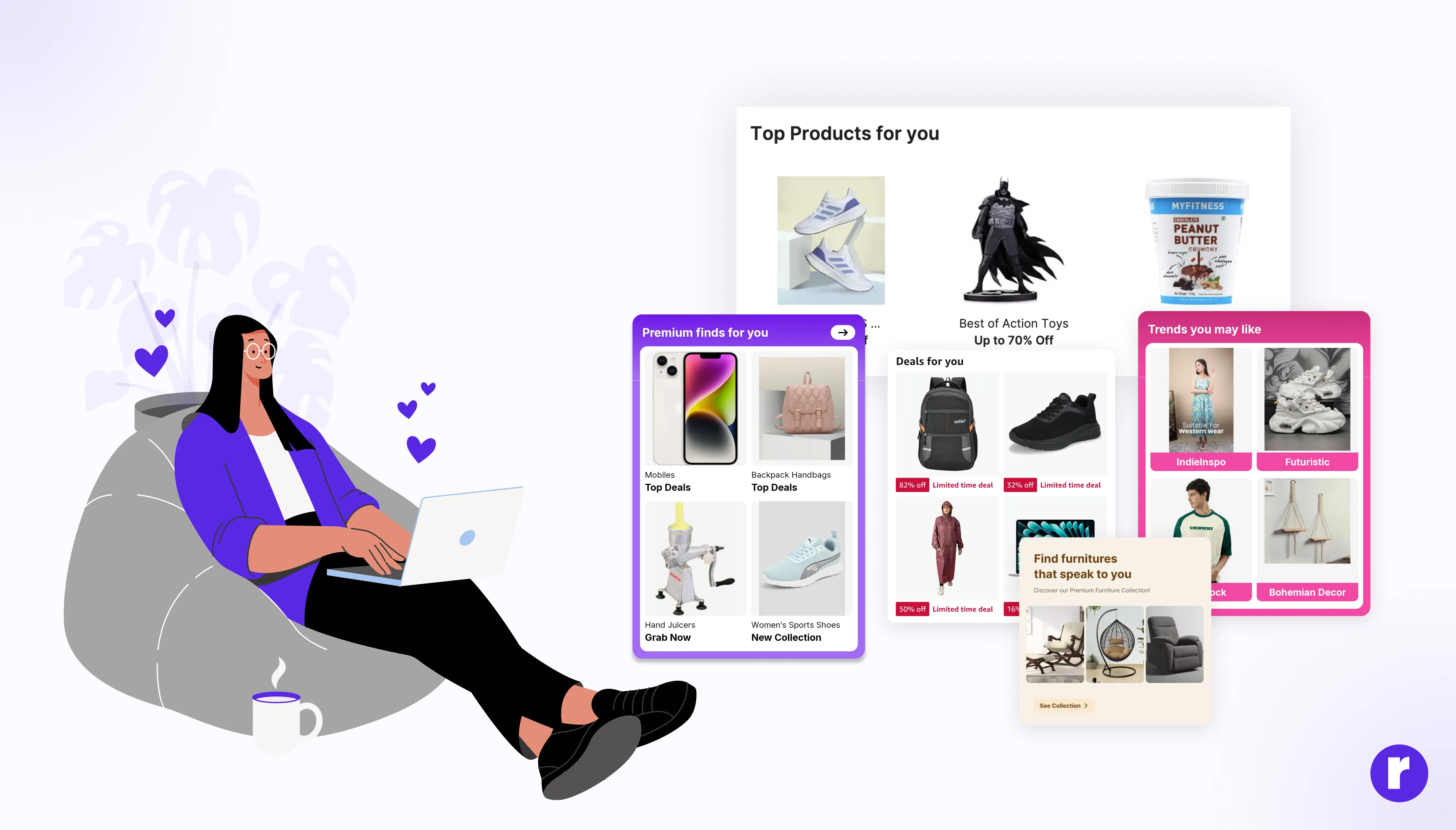
Customers love to feel understood. Think of your favorite local shop. The owner greets you by name, knows your preferences, and even suggests products you might like. That personal touch keeps you coming back. A little “just for you” goes a long way. Show customers what matters most to them.
How can you achieve this:
- Add “Recommended for You” or “Recently Viewed” sections.
- Send personalized emails with abandoned cart reminders.
- Customize pop-ups and banners by behavior.
Trust & Transparency
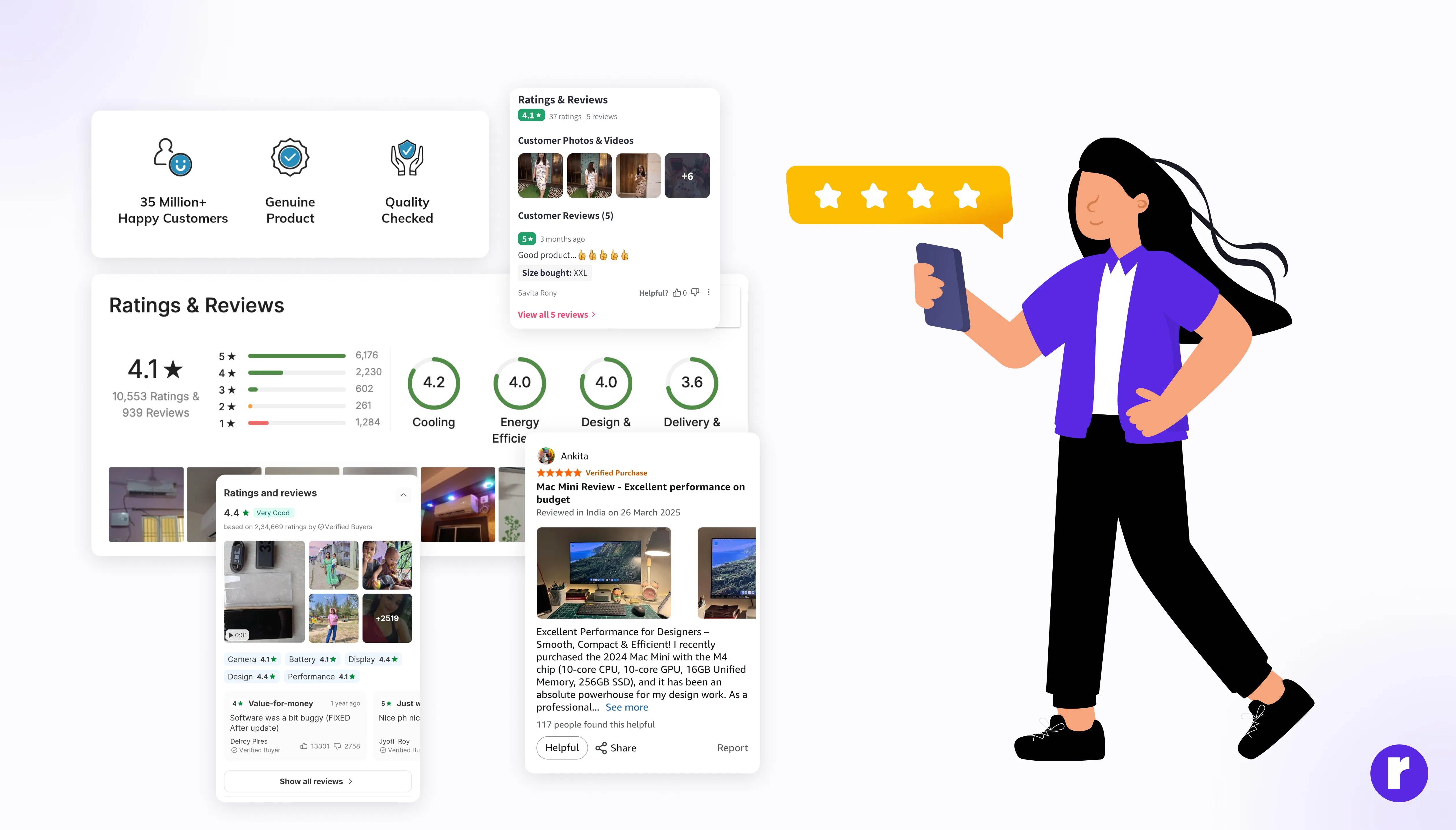
Trust is everything in e-commerce. Buyers need to feel safe before clicking “Buy Now.” Trust is the foundation of online shopping. Without it, no design will work. UI elements that build credibility, such as reviews, ratings, clear return policies, and security badges, can reassure users and increase their confidence in buying.
Build it with small but powerful signals:
- Display verified customer reviews and ratings.
- Be transparent with delivery times and return policies.
- Add SSL certificates, payment icons, and trust badges.
Conclusion
A great product alone isn’t enough in e-commerce. The UI/UX design of your website can make or break your online business. By focusing on intuitive navigation, mobile-first design, streamlined checkout, personalization, and trust-building features, you can create a shopping experience that delights users and boosts conversions.Nail these five features, and you’ll turn browsers into loyal buyers.…you create not just a shopping platform, but an experience customers enjoy and trust. In e-commerce, experience is everything.
